Links for Chapter One: A Furry Prince
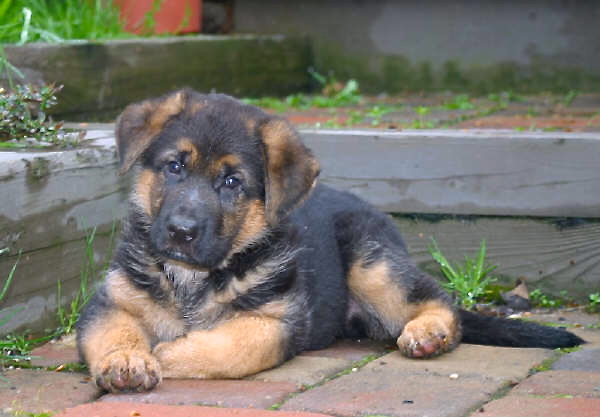
You can find more pictures and stories about Joan’s dogs, including pictures of Solo’s father, Quando, and mother, Vita here: Framheim Shepherds.
Karen London, another behavorist and trainer who works with aggression in dogs, wrote a piece for Bark magazine in December 2012 that helps explain the unique problems of Singleton Puppies.
This video shows some of the difficult things dogs learn to do in Schutzhund.
Max von Stephanitz bought a dog he named Horand von Garath. That dog, who slightly resembled a wolf, was the ancestor of the modern German shepherd.
Links for Chapter Two: The Brat King
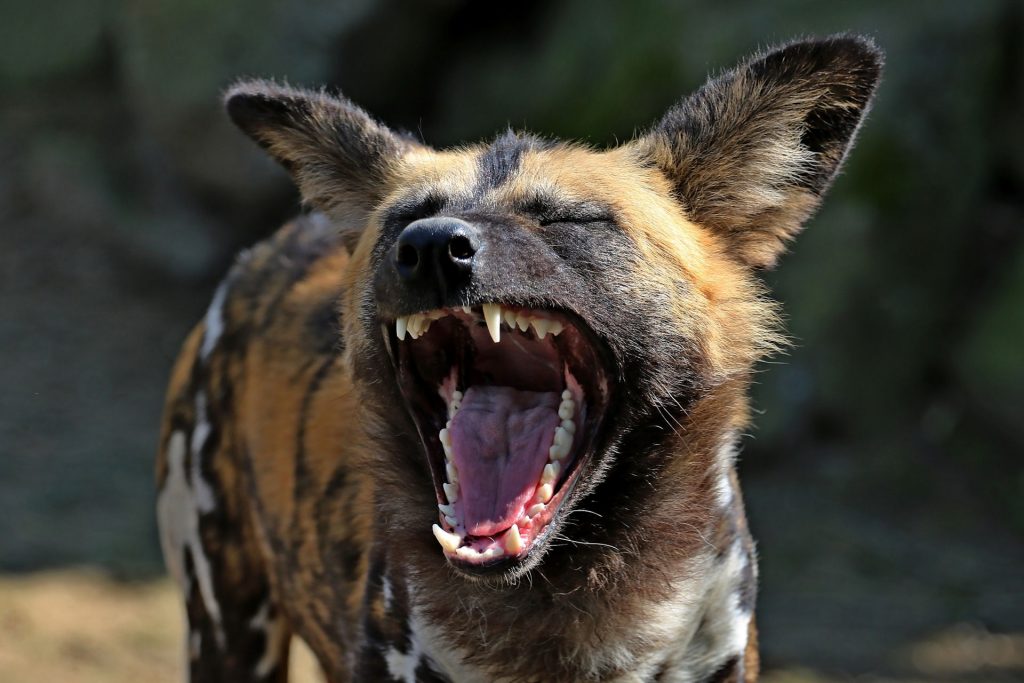
Scientists learn more every day about how both dogs—and humans—are able to smell even very faint odors: Dogs Sense of Smell.
Here, you can learn more about wild dogs and listen to their amazing language. Sometimes, they sound like birds or squirrels, chittering and chattering when they talk with each other: Field Guide to the African Wild Dog.
Links for Chapter Three: The Language of Ouch
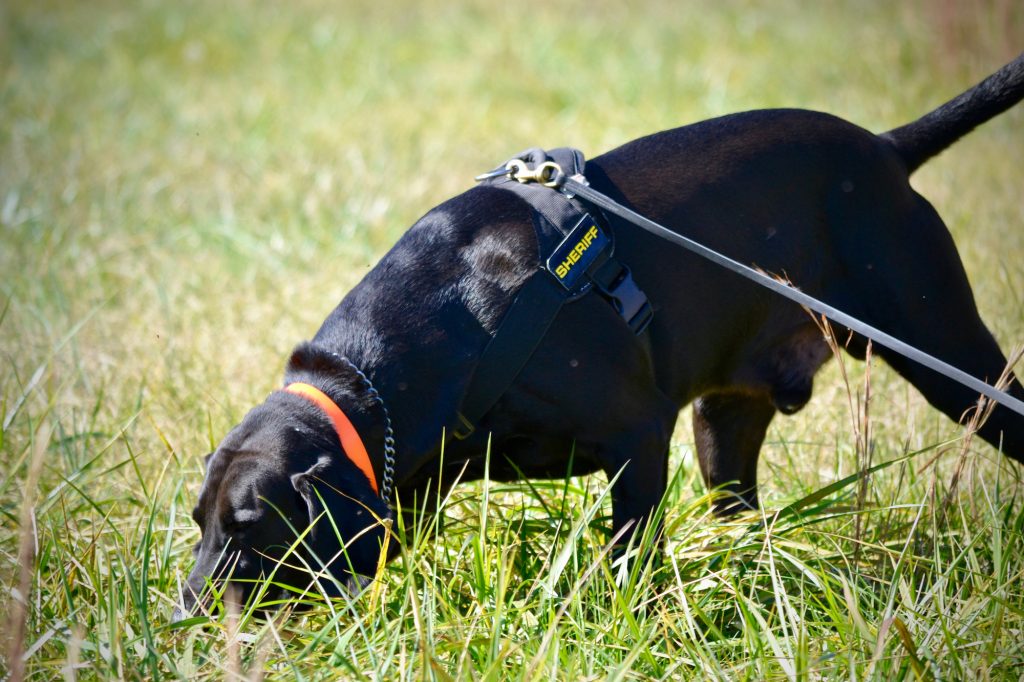
Bark magazine has a nice overview on tracking from 2008, updated in February 2015: Scent Tracking with Your Dog.
Interactive maps can provide wonderful information. This 2011 New York Times map shows where to live to avoid natural disasters. I saw here how very safe Corvallis, Oregon, was from natural disasters.
National Geographic has a cool mapping tool on line where you can make your own interactive map, adding layers that show everything from the range of the gray wolf to sea surface temperatures.
Links for Chapter Four:
How to Train Your Tasmanian Devil
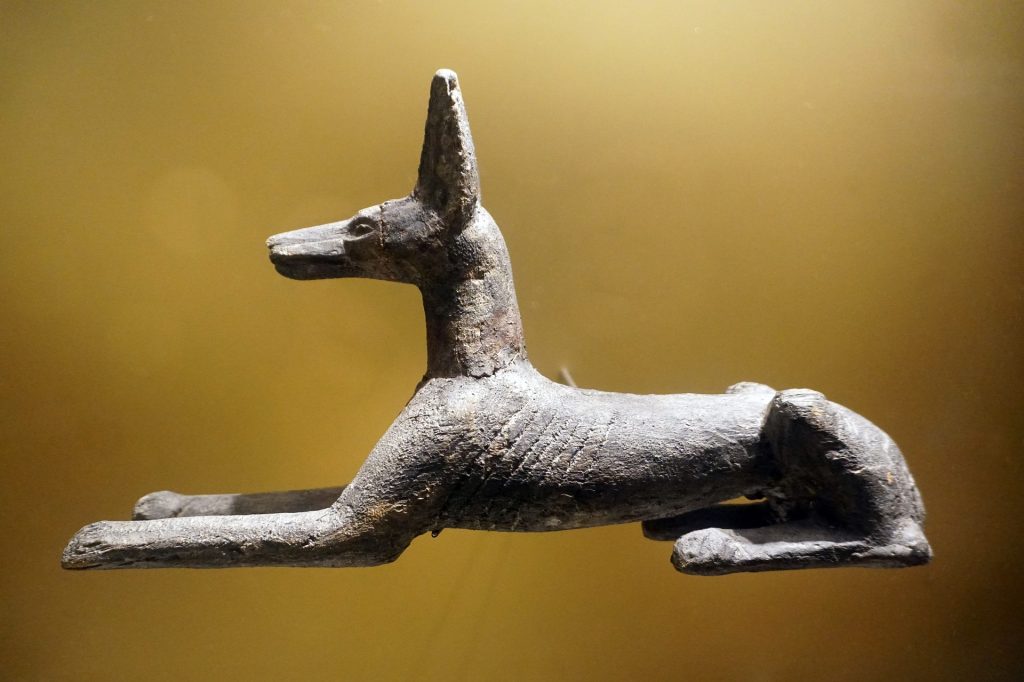
Here are pictures of Nancy Hook’s training center and some of the scent-detection dogs she has worked with (including Solo). You can also see her grandson Sean training dogs.
Search-and-rescue dog training is complicated. You can learn more about the different search specialties, including cadaver dogs, from this 2002 National Geographic article.
We are still trying to learn how far back dogs and humans go. This Discover magazine piece from November 2016 asks a good question, “When Did Rover Come on Over?”.
Whether Egypt’s god Anubis is a desert dog, a jackal, a golden wolf, or a mix of these remains unknown. This video introduces the incredibly complex (and yes, a little scary) doggish god.
The sidebar “Our Oldest Best Friend?” depends on many sources. In 2017, archeologists discovered cliffside rock art with hundreds of hunting scene pictures. They can’t precisely date the art, but the pictures may be more than eight thousand years old! Here is a good article in Science magazine about the discovery of the cliffside art that featured people hunting with dogs: These May Be the World’s First Images of Dogs—and They’re Wearing Leashes.
Links for Chapter Five: The Whole Tooth
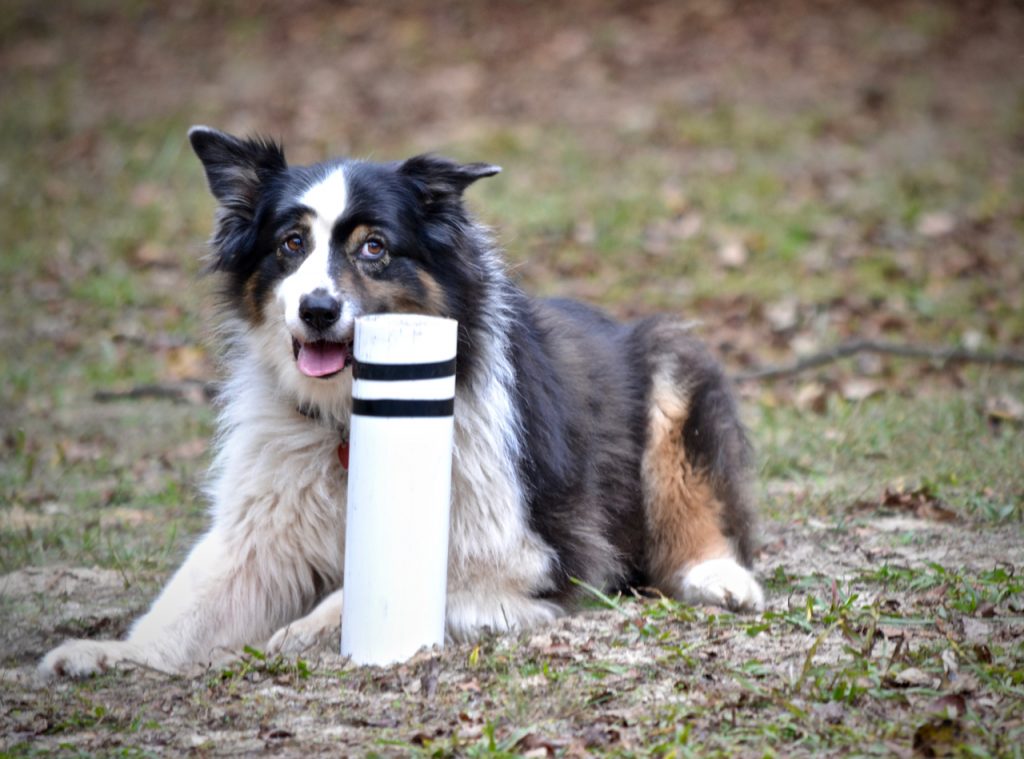
the scent of human remains in the tube. Photo by Cat Warren
Solo learned to hunt for the particular scent of human remains using buckets in Nancy’s yard, but here’s another system: a daisy wheel. In the video, a young Labrador retriever works on scent wheels. When he finds the odor he gets a food reward for, watch how he freezes, and then starts to drool!
I wrote about a similar kind of foundation training with Jaco, one of our sweet German shepherd’s, for Bark magazine in September 2016.
Dog-book writer and journalist Maria Goodavage wrote about dogs’ noses for Dogster magazine in June 2018.
One of the most fascinating things well-trained scent detection dogs can find is the scat, or poop, of endangered or threatened species. Conservation Canines, based at University of Washington, work across the globe now—finds the scat of everything from killer whales to Pacific pocket mice.
Links for Chapter Six: The Magician
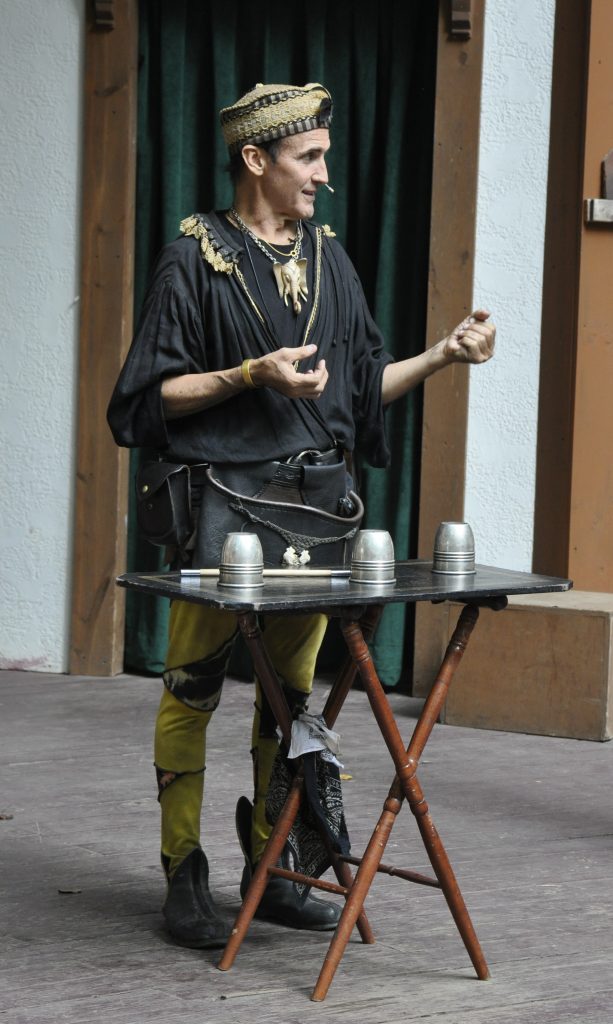
Kevin George was talented and beloved—especially by the young, bored “mall rats” he befriended, but also by handlers and dogs everywhere. This appreciation of Kevin’s life, “Dog Trainer, Ju-jitsu Master, Rodeo Clown,” shows what a complicated and interesting man he was.
This video shows how three-cup shuffle, or three-card monte, gets people to bet more and more money.
Here’s the full citation for the article that inspired the sidebar “Our Shrewd Ancestors”: “Fossil Evidence on Origin of the Mammalian Brain,” by Timothy B. Rowe, Thomas E. Macrini, and Zhe-Xi Luo, Science332 (2011): 955–957. This press release from May 2011 gives the highlights.
Links for Chapter Seven: A Fishpipe and a Handbook
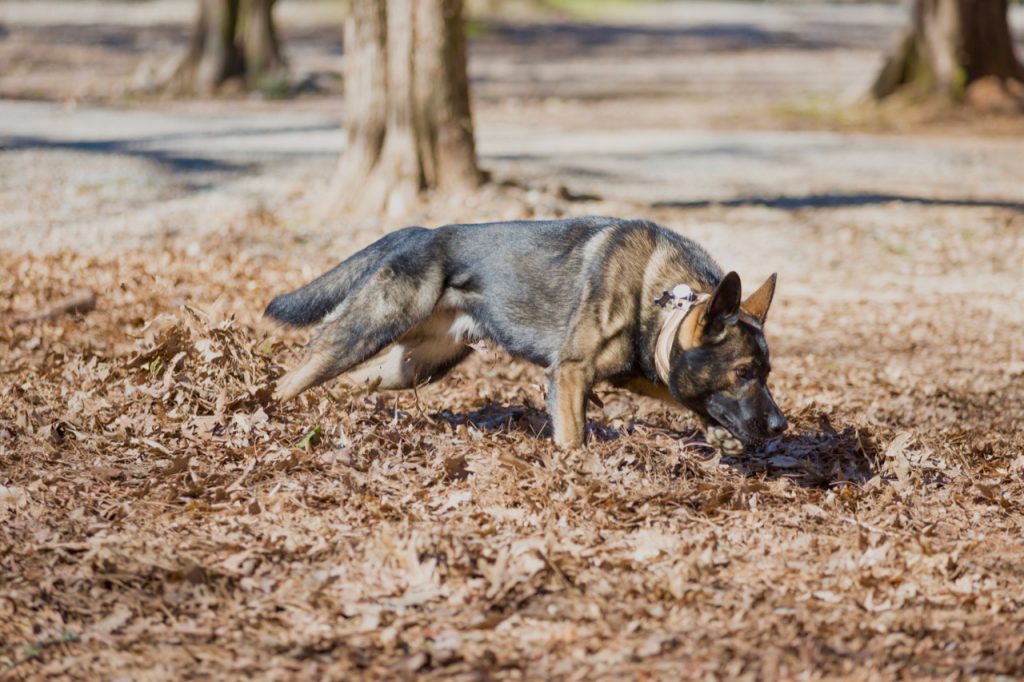
The book Cadaver Dog Handbook: Forensic Training and Tactics for the Recovery of Human Remains, by Andrew Rebmann, Edward David, and Marcella Sorg, sits on my shelf at home, and I still dip into it! So can you, by using Amazon’s feature called “Look Inside”.
You can read about and see pictures of Andy and Marcia and their many scent-detection dogs working at disaster scenes and on missing person cases on their website.
What are dogs smelling when they smell human death? This 2016 Scienceline article starts to explain what “odor mortis,” or the smell of death, might be!
Links for Chapter Eight: Seesaws
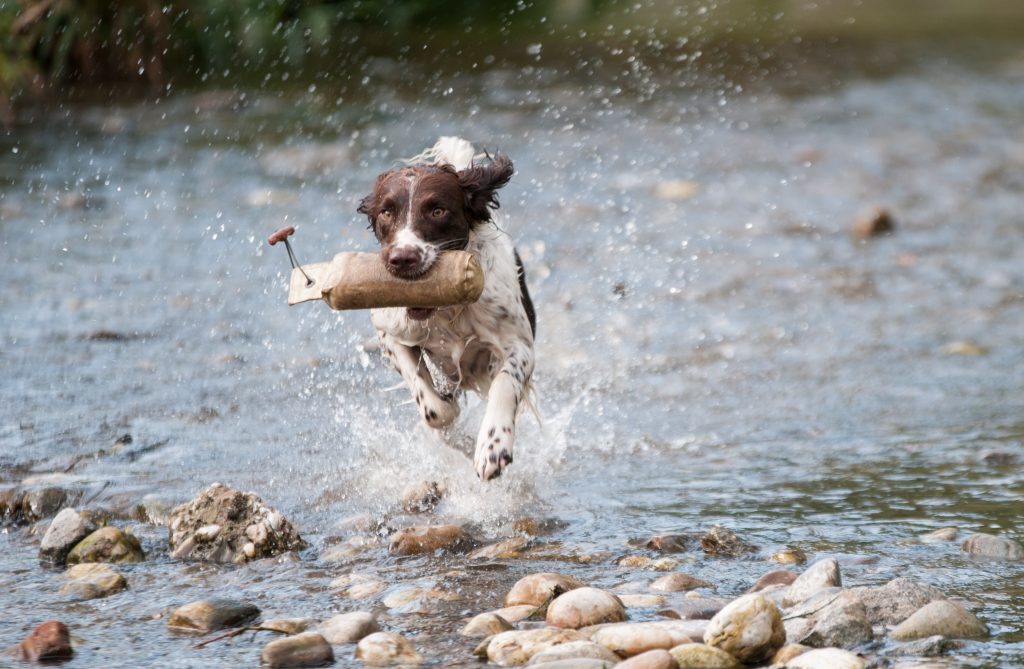
Photo by Wolfgang Horvath, Pixabay
Training your dog to be a search-and-rescue dog, or a cadaver dog, goes beyond that dog being able to recognize scent! Here’s a great article on Dogappy from February 2018 that explains a few of the things a search dog needs to learn.
Links for Chapter Nine: Carolina Cow Pies
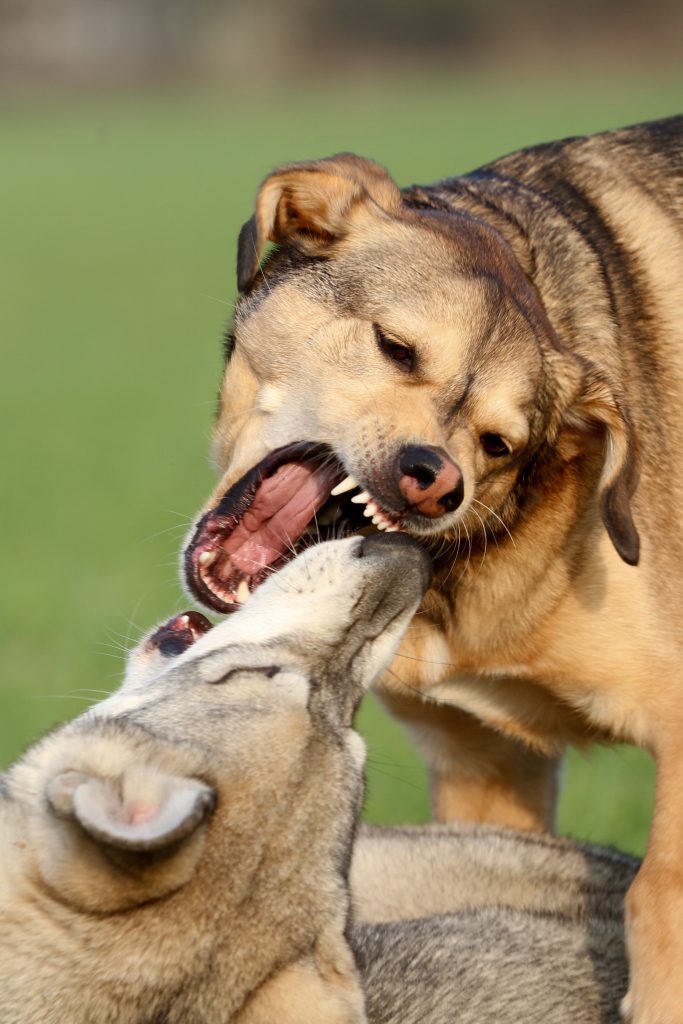
are playing or “snout jousting.” Photo by Pixabay
Patricia McConnell helped me understand how complicated dog aggression is. She worked with one of her own border collies, Will, on this very issue! Here is a set of videos that Patricia McConnell posted showing what fun dogs can have when they are playing together appropriately. Learning to read dog body language is a skill that can take years to develop.
This great website lists 646 insects that can be found in North Carolina.
Links for Chapter Ten: Liberty Warehouse
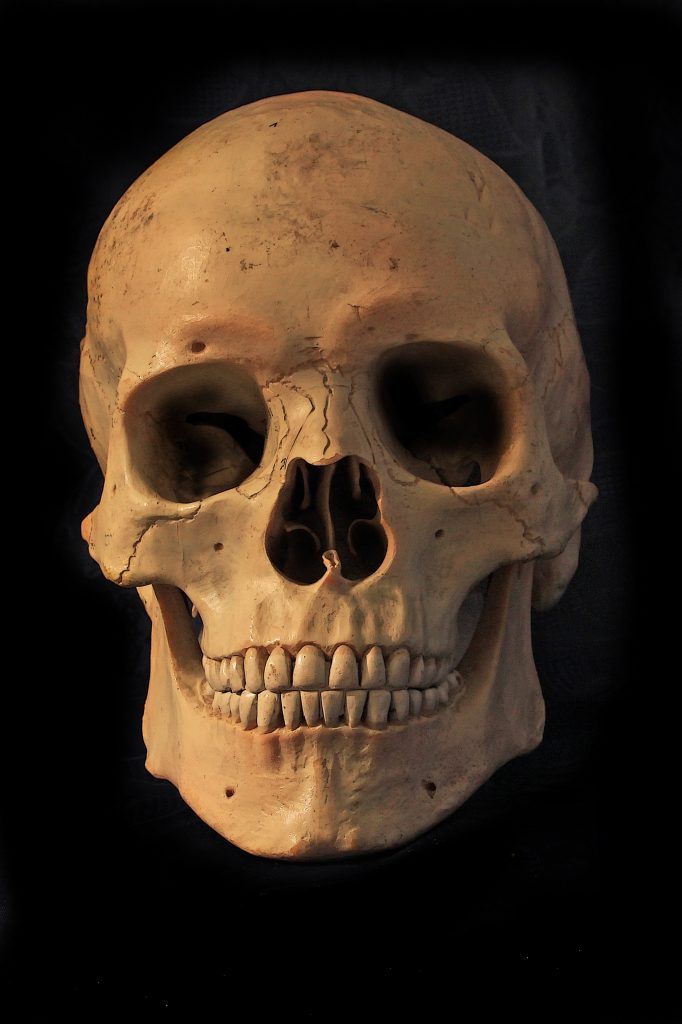
locate even very old bones. Photo by Pixabay
Here’s an article from the BBC News Magazine in February 2014 about “napoo” and other slang words used in World War I.
The Bone Room, originally located in the Bay area in California, is a fascinating place that sells animal bones, curiosities, insects, meteorites—and human bones.
Here’s a beautiful photo of the front of Liberty warehouse before it was mostly torn down in 2014 to build luxury high-rise apartments. Developers kept just the facade to make it appear “historic.”
Links for Chapter Eleven: An Anchor on a Leash
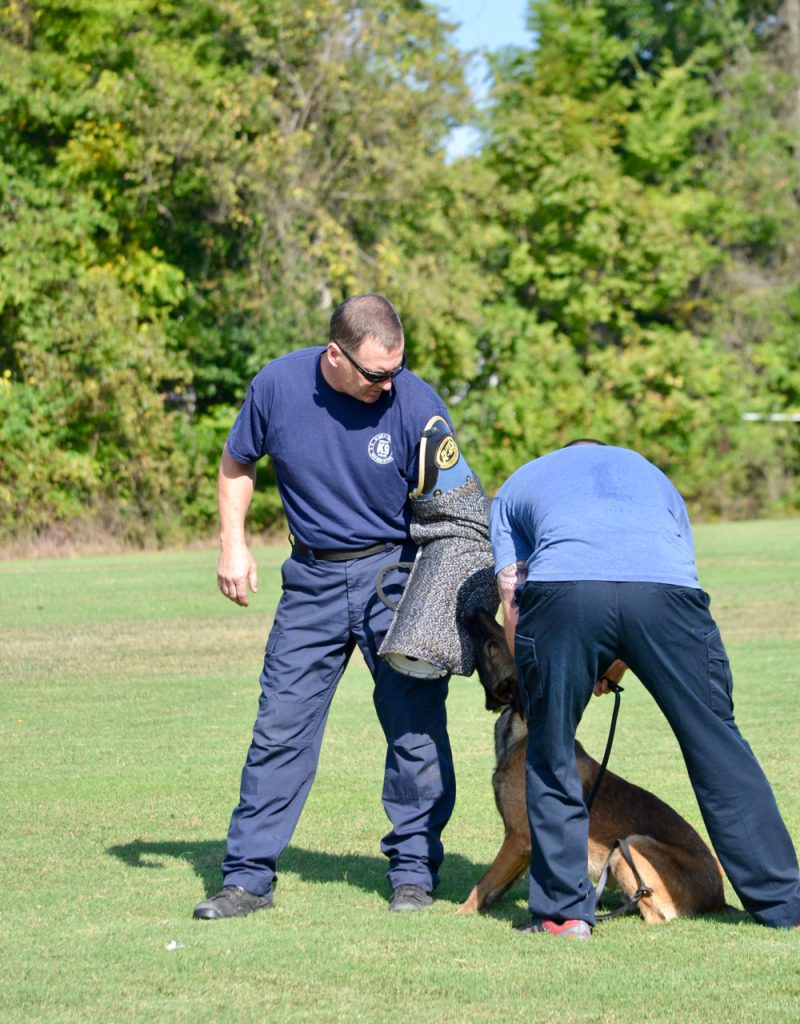
to both grab the protective sleeve and hold steady on it. Photo by Cat Warren
I spent several days in Florida watching young dogs and handlers work under the watchful, expert eye of law enforcement K9 trainer Steve Sprouse. Here’s a 2013 article that ran in a local newspaper about training with Mike Baker.
What law enforcement canines do during the day and night really depends on the city or town they work in.This 2017 article from the American Kennel Club gives an overview of what a police K9 might do.
Links for Chapter Twelve: Goldilocks and the Thirteen Beasts
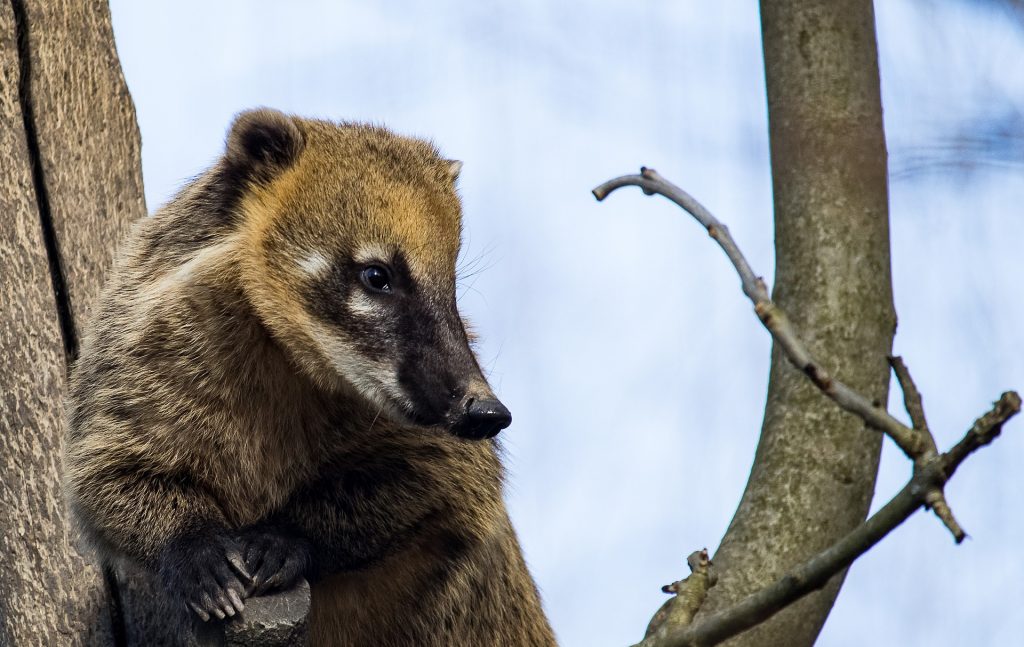
Photo by Pixabay
Here’s a good biography of Tom Slick, Jr., and the Southwest Research Institute he founded.
A sentry-dog handler this New York Times piece in 2017 about what military dogs did during that conflict.
Here is a link to download the original study about all the animals that Southwest Research Institute tried to train, including Greta the pig, Wiley the coyote, and Sherlock the silver fox.
Links for Chapter Thirteen: The Swamp
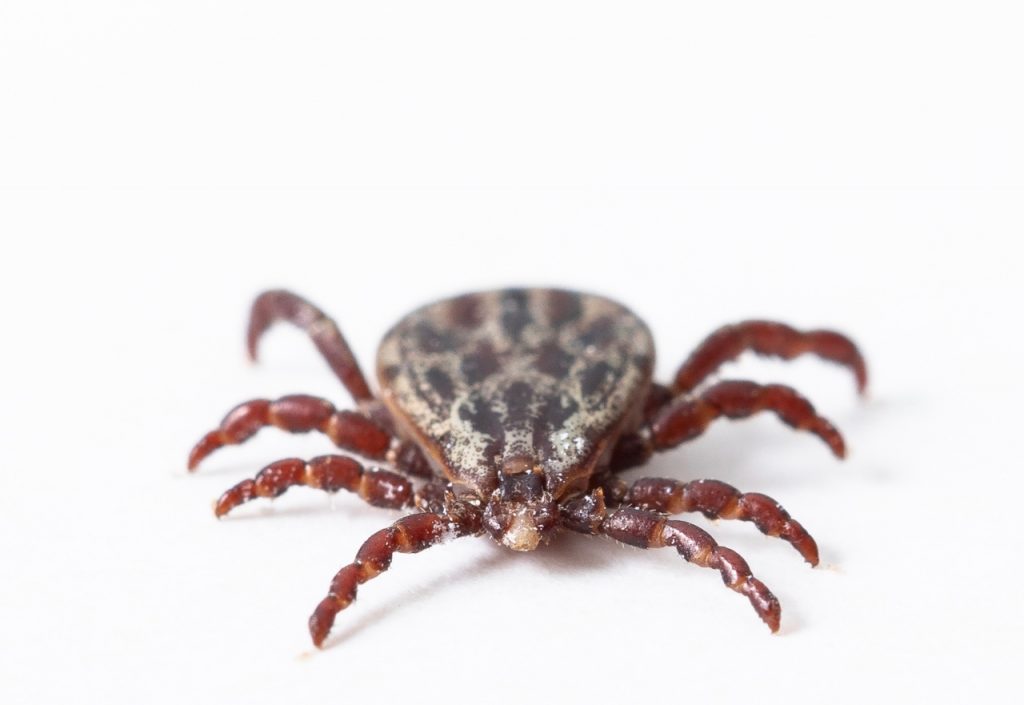
Ticks carry tons of diseases, and they are on the rise across the country, not just in North Carolina. Here’s a handy song by Wood Newton about how to check for ticks after you’ve been outside where ticks are active.
Links for Chapter Fourteen: A Serious Game
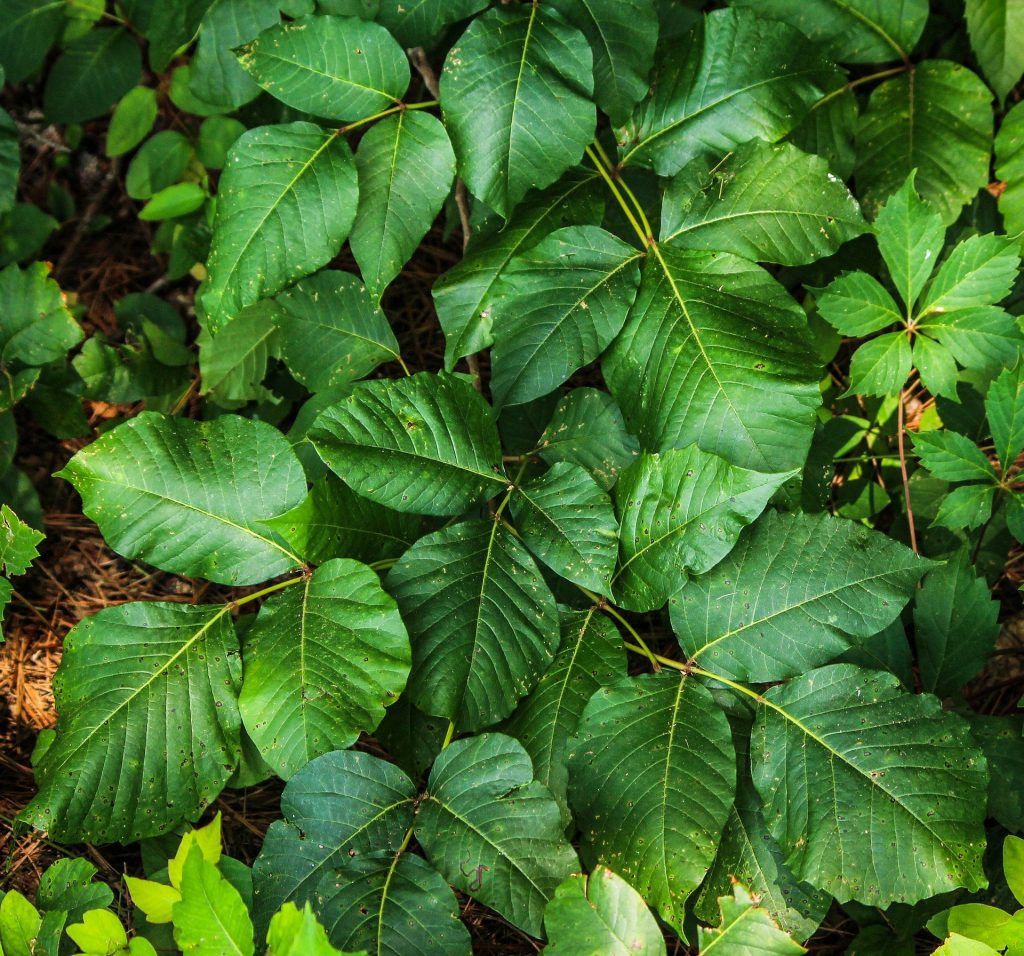
The wetlands of North Carolina are wonderful and varied. This site features all the different kinds of swamps and wetlands throughout North Carolina and the different plant, bird, and animal species you might find there!
PLS, or Point Last Seen, is only one of many acronyms, or abbreviations, that are used in the search world. Here’s a handy glossary of the abbreviations and terms search experts use.
The New York Times ran an article in December 2015 about how poison ivy is changing because of climate change.
Links for Chapter Fifteen: Grains of Sand
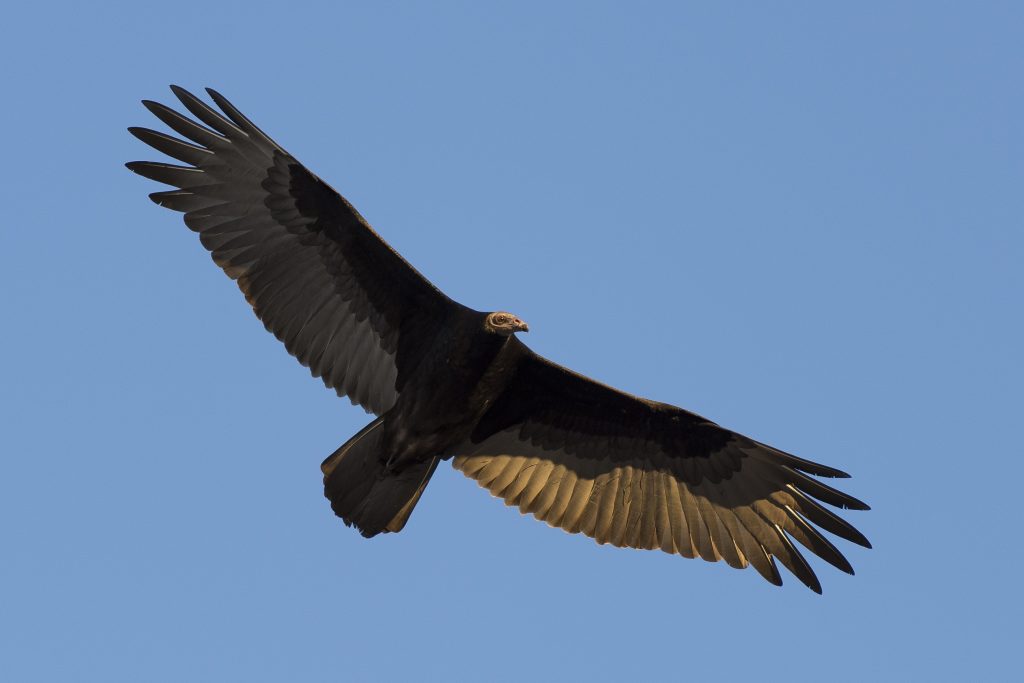
common sight in the Americas or the New World. Photo by Pixabay
You can learn more about turkey vultures from the Cornell Laboratory of Ornithology, and even listen to the weird hiss they make when they are irritated!
I like the weather app called The Weather Underground because I can easily see incoming thunderstorms, get exact wind conditions and humidity, and find information about weather in a location over the past weeks and even months. But there are all sorts of weather apps out there.
Search experts know that finding someone who suffers from severe memory loss demands a different set of skills. This New York Times article explores the issue.
Links for Chapter Sixteen: Mouse Juice

Art Wolff, works with his own K9, Rad, on water. Photo by Cat Warren
The National Search Dog Alliance holds seminars and tests for dog-and-handler certification across the country. The Tennessee Special Response Team-A that Roy and Suzie Ferguson are members of has a web page. It isn’t fancy, but it’s functional!
Here is an article about a large-scale search-and-rescue scenario in Eastern Oregon. It explains how important they are. Everyone needs practice so that they can be fast and effective when something happens in real life.
Links for Chapter Seventeen: The Zombie Handler
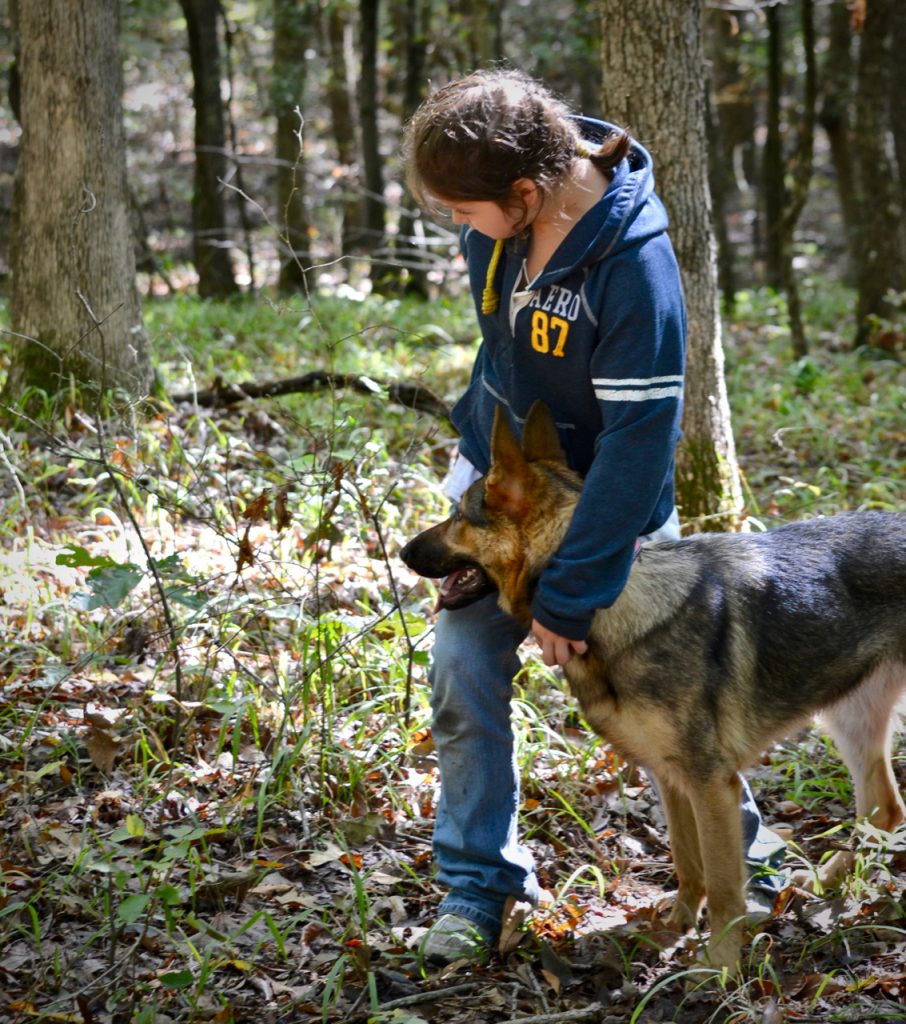
I attended the October 2011 National Network of Canine Detection Services Seminar in Holly Springs, Mississippi for part of this chapter. That’s when I met Haylee. Just a month after that, I went to the November 2011 Cadaver Dog Workshop at Western Carolina University, where I met Brad Dennis, the search director for KlaasKids Foundation.
Here is the website for the Lousiana search organization that Lisa Higgins founded. Haylee was a junior member of this team.
Links for Chapter Eighteen: Dog Tales and Horse Hooey
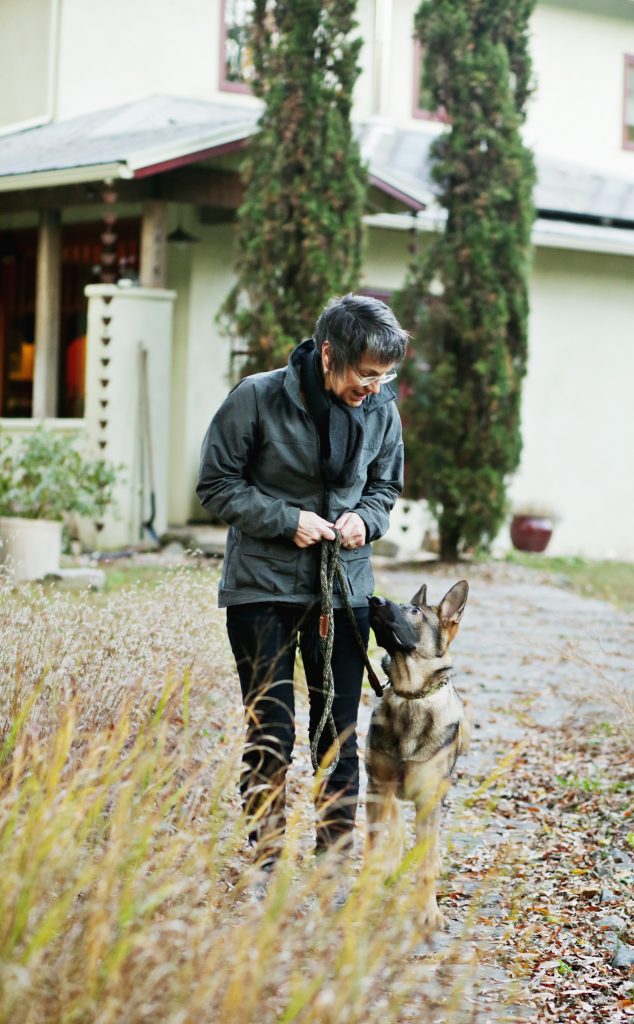
Rev and me bond. Photo by Juli Leonard
Here’s a nice 2015 story from Science magazine about why and how dogs stole our hearts.
Here’s a great blogpost by Stacy Barnett about false alerts in the sport of nose work.
Here’s more information about Clever Hans, who managed to stump a lot of clever people.
Links for Chapter Nineteen: Clever Hans in the Courtroom
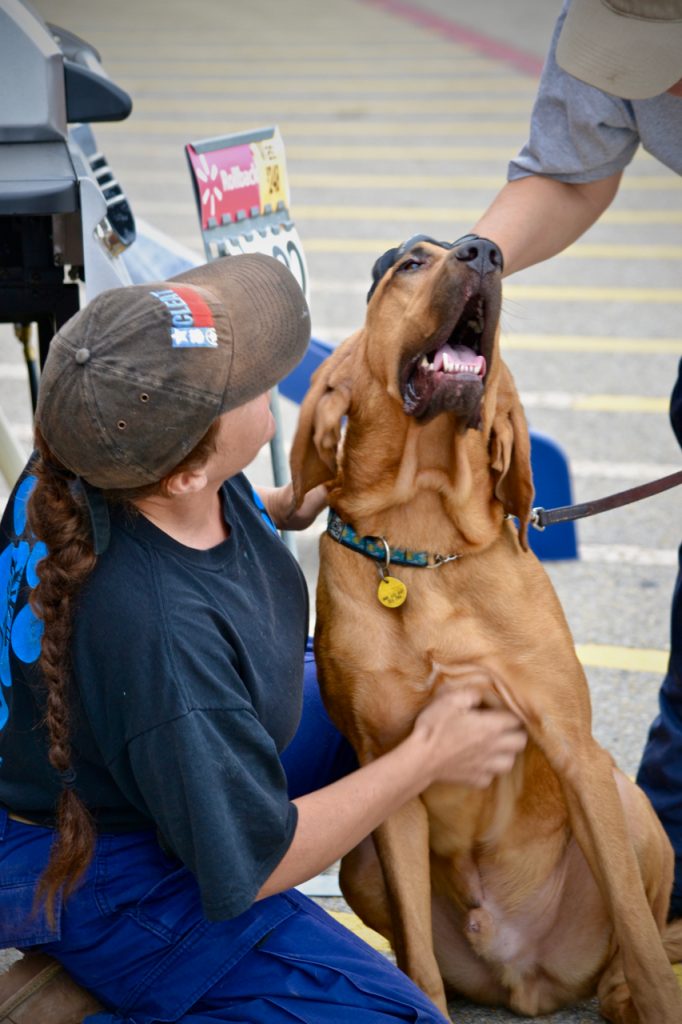
earns praise from both his “found person” and his handler. Photo by Cat Warren
The New York Times wrote about Keith Pikett and his dogs as cases he was involved in started to fall apart.
Here is an explanation of how blind and double-blind studies work in science. In dog training, you want to consider trying the same general system as your training advances!
Links for Chapter Twenty: E-Nose
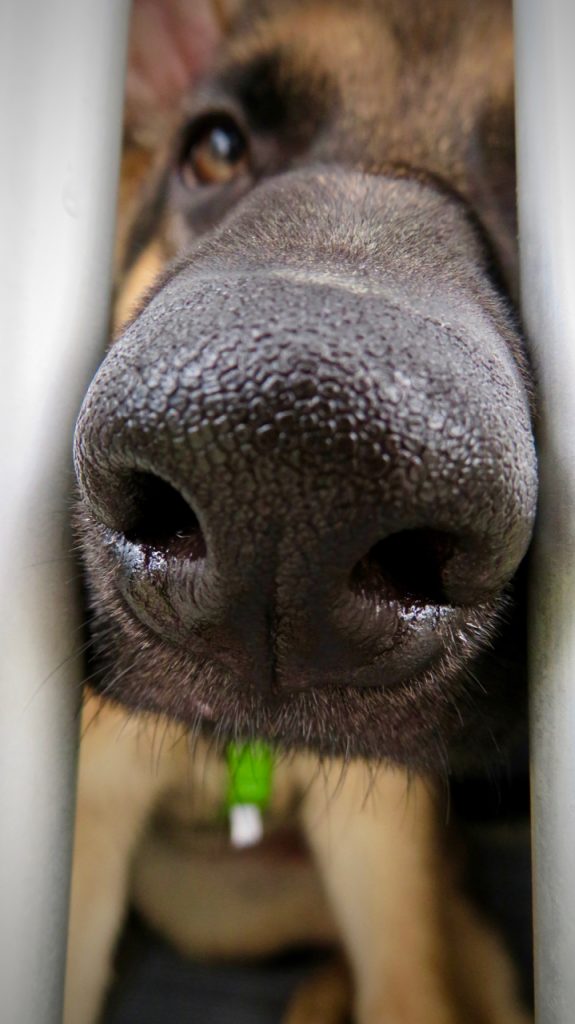
with an artificial one. Photo by Joan Andreasen-Webb
News coverage comes out almost every month about a new e-nose invention, and the claims are always similar. Here’s one from June of 2018: “The results were good news for the research team. But they might not be such good news for our four-legged friends, who could soon be out of a job.”
This interesting December 2016 article from CBC Radio One in Canada shows both why a good nose rocks, and how truly understanding how dogs’ noses work might be a good way to start building a better artificial nose.
Links for Chapter Twenty-One: The Monster Mash

into explosive detection devices! Photo by Pixabay
I love finding interesting old research papers in tiny corners of the web. That’s how I found this “insect ambush detector” study. You can download and read it.
Hate spinach? Well, scientists probably prefer you don’t eat this bionic spinach—it signals to a cell phone that explosives are nearby. I wonder if it could still send a signal from your stomach if you ate it?
If you want to read more about Sherlock the vulture and his “friends”—and see a picture of him with his trainer, German Alonso—the Independent, a United Kingdom newspaper, wrote about them in July 2011.
Links for Chapter Twenty-Two: Boss of the Boat
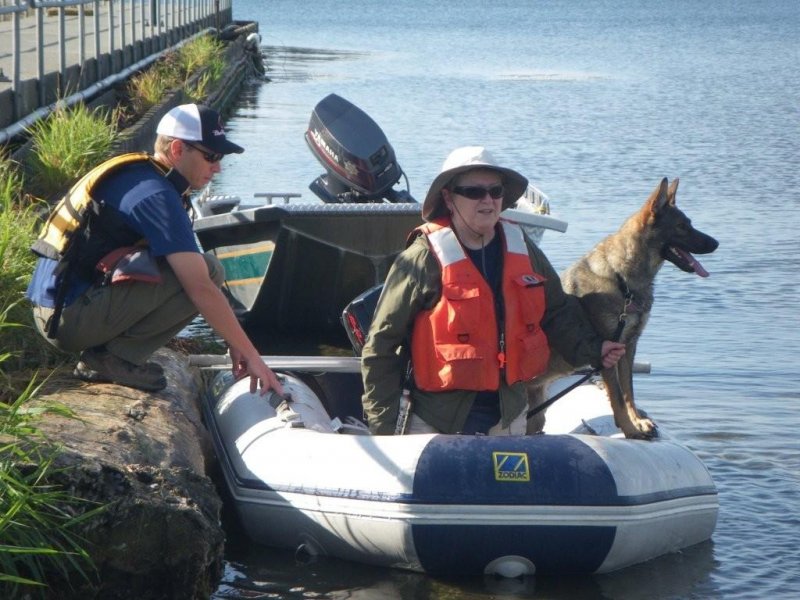
Photo from Cadaver Dog, courtesy of Marcia Koenig.
A talented SAR handler and trainer in Canada, Kim Cooper is featured in this CBC Radio article about cadaver dogs helping pinpoint a drowning victim.
Marcia Koenig, Andy Rebmann’s wife, has done hundreds of searches with her dogs. But one of her specialties is searching on water. You can read more about her and her search dog, Raven.
Links for Chapter Twenty-Three: The Dogs of Peace
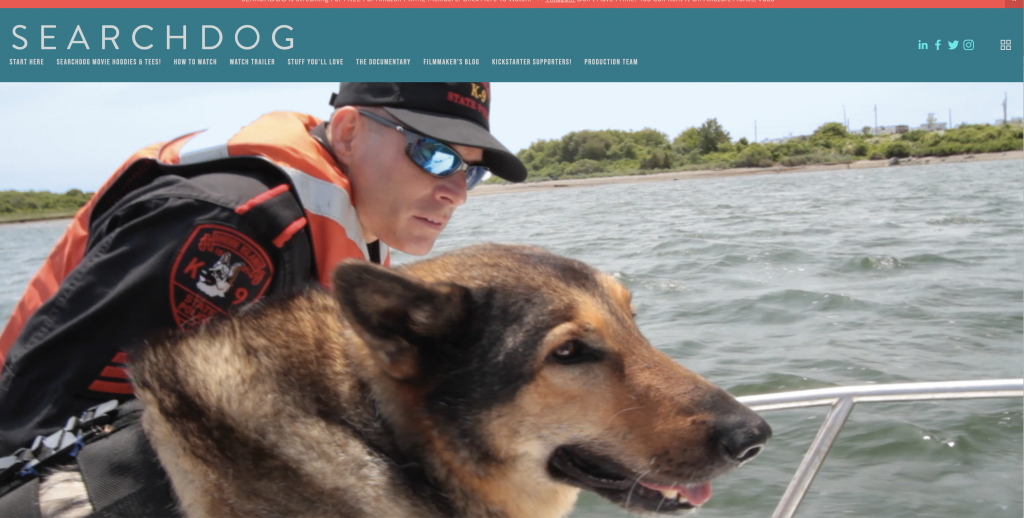
SearchDog, about Matt Zarrella.
Here is Theo. F. Jager’s 1917 book, Scout, Red Cross and Army Dogs: A Historical Sketch of Dogs in the Great War and a Training Guide for the Rank and File of the United States Army World War I is still called “The Great War,” but there was nothing great about it, except that it was huge, spread across the world, and forty million people either died or were wounded during it.
This story from the BBC shows how dogs were used in World War I. It’s hard to find accurate stories, but this one depends on old newspaper photos. Like a diary, though, a photo doesn’t necessarily show the whole truth.
Here’s a nice video and story from NBC News in December 2013 about Matt Zarrella. He and his first search dog found a lost, shivering teenager the first time they were called out. And a filmmaker, Mary Healey Jamiel, made a documentary about him!
This chapter is mostly about American service people still missing in action, but in Vietnam, families also think about their missing.
Links for Chapter Twenty-Four: Water Witch
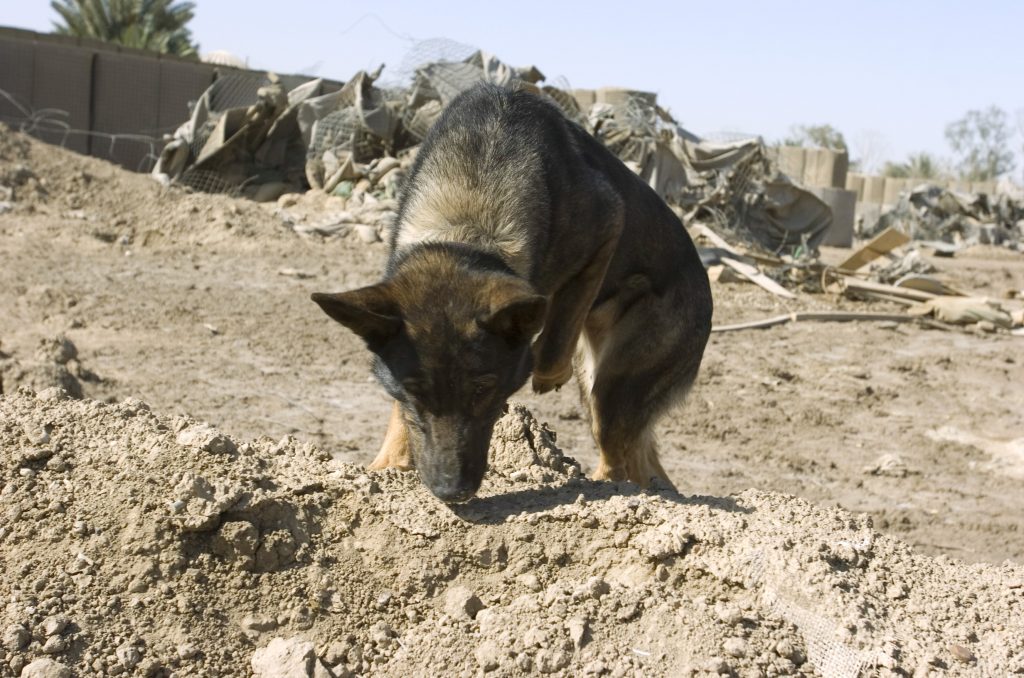
Photo by Staff Sgt. Daniel Yarnall
Here is a gallery of military photographs showing Kathy Holbert, along with two other handlers, training their cadaver dogs in Iraq.
This series of photos from the June 2014 Atlantic Monthly magazine shows K9s and handlers working in Iraq and Afghanistan.
If you look at this satellite Google map of the long Murghab River, you can see how much people depend on water for life. Zoom out, you can see how much arid desert surrounds the river. Zoom in, and you can see the farms and crops—and human and animal lives—dependent on the river.
Links for Chapter Twenty-Five: On Wolf Street
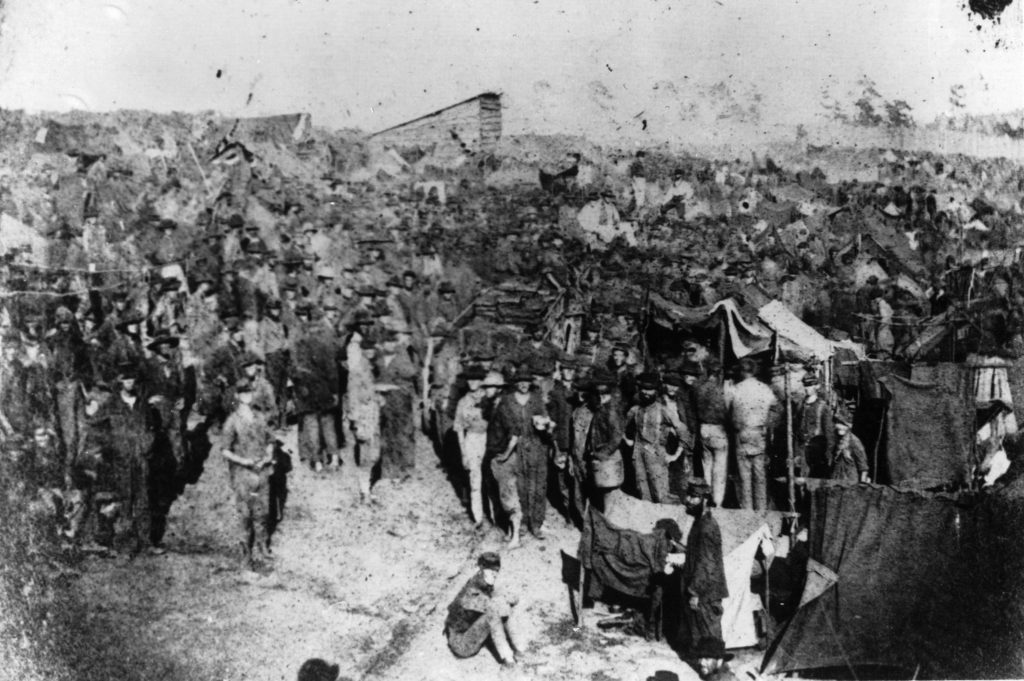
Photo by AJ Riddle, 1884
Lessel Long was a Union soldier, and a prisoner of war at Andersonville—and at Thomasville. Here is his diary, published in 1886. It’s important to remember that a diary represents the memories of only one person.
The National Park Service wrote a long article on one of the more recent searches at Thomasville where both cadaver dogs and FBI trainees participated.
Links for Chapter Twenty-Six: The Burial Grounds
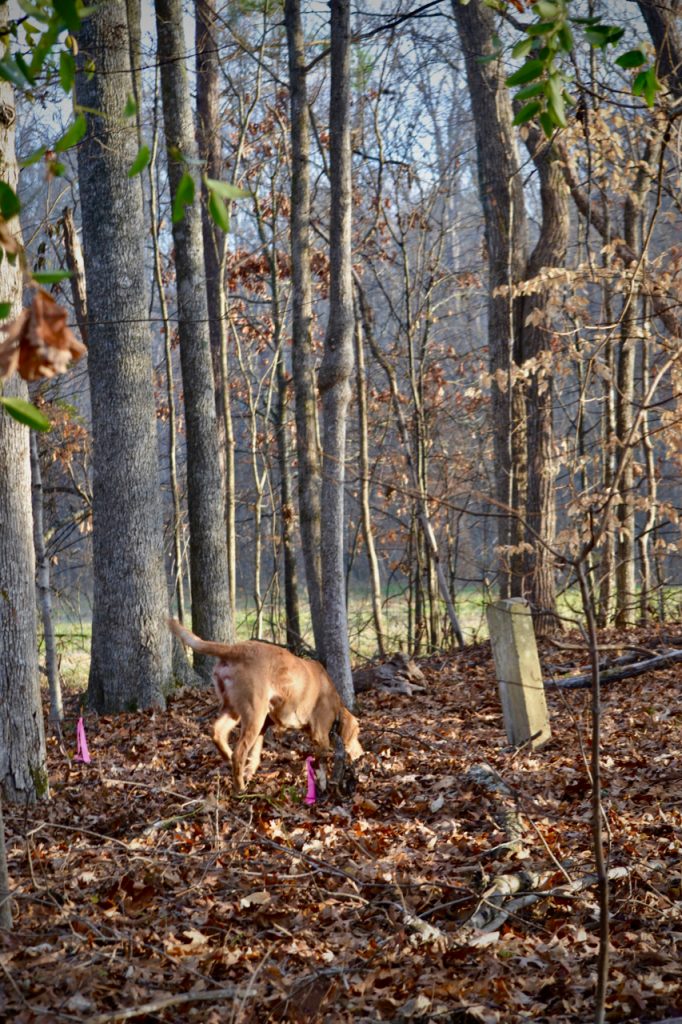
for Revolutionary War era graves. Photo by Cat Warren
The saddest thing about researching and writing this chapter was learning about the hard lives of the slaves and realizing their histories were barely visible compared with as those of the white plantation owners.
Here’s a video from Fox News from January 2019 on Paul Martin and a quick overview of the advantage of using dogs to help detect historic remains.
“The Swamp Fox,” Francis Marion, was a fascinating and crafty man. But many legends and portraits of him distort the truth. Smithsonian magazine wrote a history of Marion in June 2007 that gives a more accurate picture.
Links for Chapter Twenty-Seven: Hills and Valleys
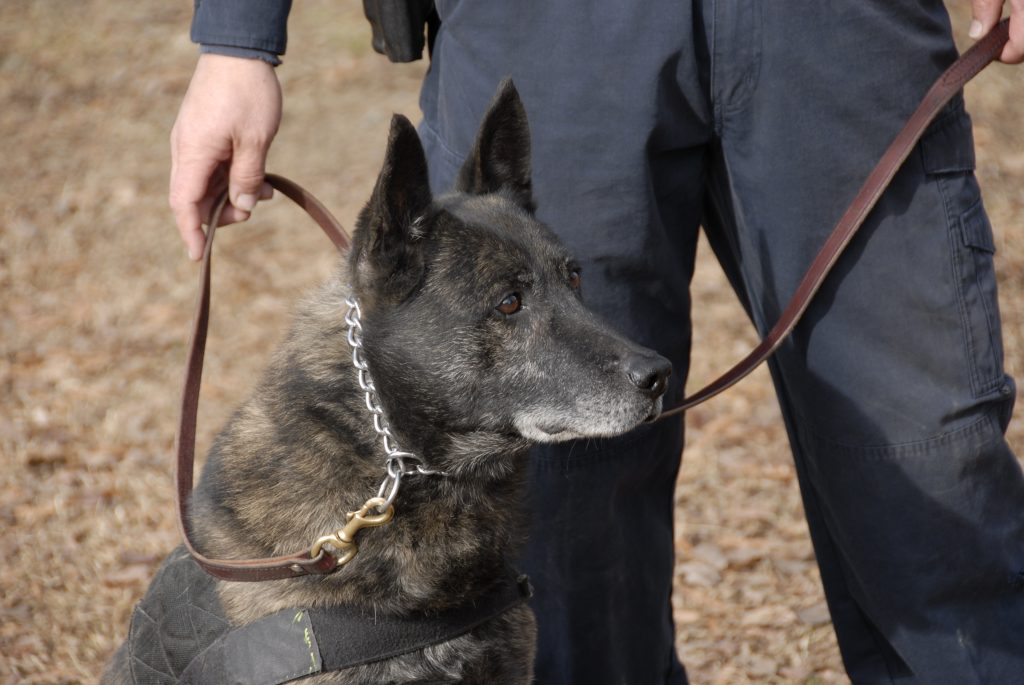
Bretagne, a golden retriever, was the last surviving search dog from the 9/11 disaster. She was just one month shy of her seventeenth birthday. That’s a great old age for any dog. Here’s a piece about her and her handler on NBC’s Today Show in 2016.
Nature magazine is one of the top science research journals in the country. When scientific breakthroughs occur, it’s often Nature magazine that publishes them. This November 2018 piece explains how important understanding cancer in dogs is to understanding cancer in humans—and even finding treatments for both humans and dogs.
Links for Chapter Twenty-Eight: Puppy Dreams
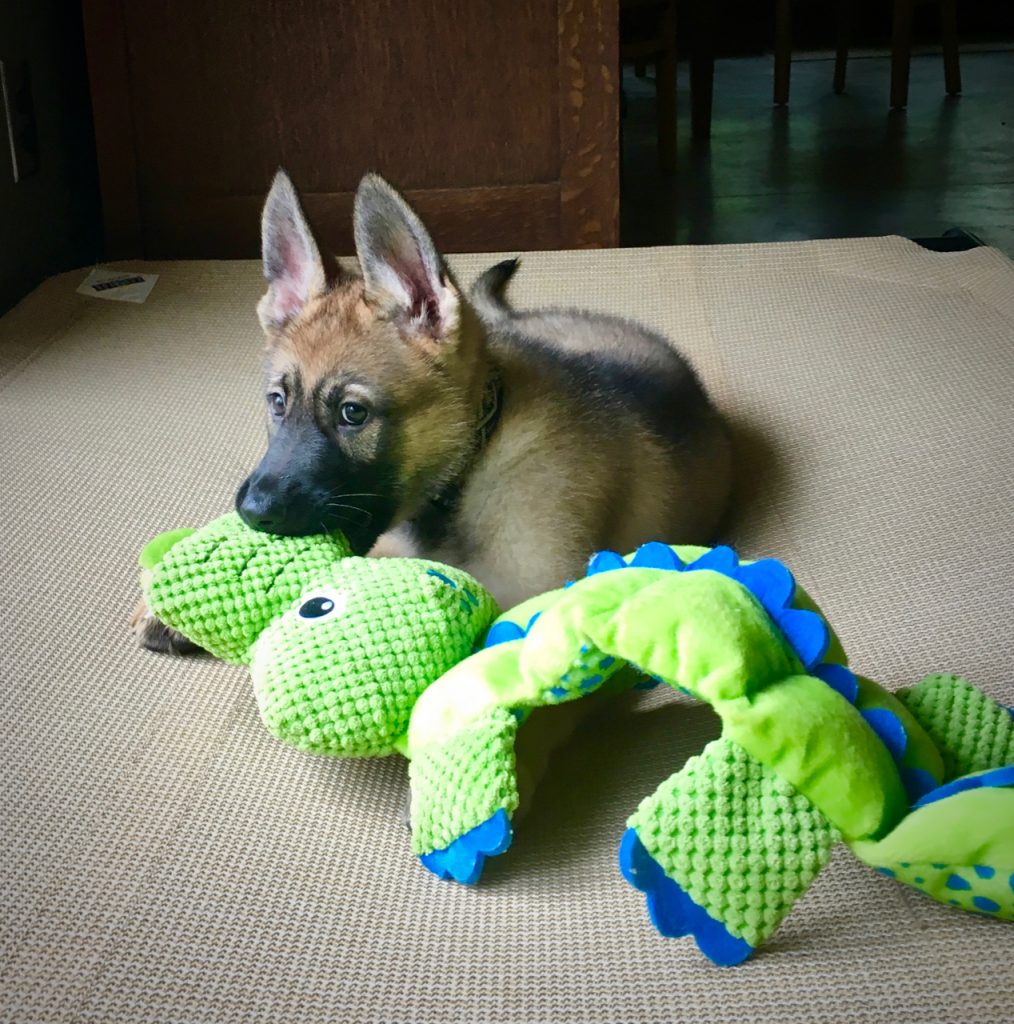
You can see shots of Kathy Holbert’s German shepherds on her website.
Patricia McConnell wrote in 2009 and again in 2017 about the differences between male and female dogs for Bark magazine. Guess what? Everyone had a different opinion!
Some explanation of Tomkins’s interesting work can be viewed on the archives of the 2012 Catalyst show of Australia’s ABC, “Left Paw Right Paw.”
Links for Chapter Twenty-Nine: Wag
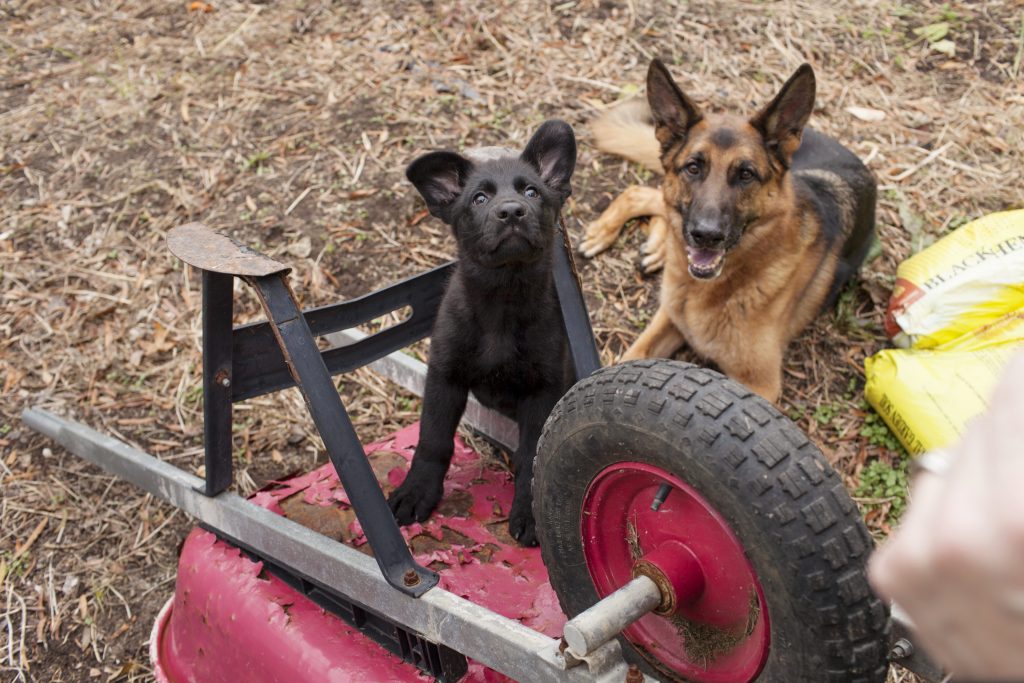
Imitation in humans and animals is a field filled with interesting results. Here is a July 2017 article in Cosmos about a study of imitation in children and bonobo apes.
Research on avian, or bird intelligence, is taking flight. It’s very hard to prove abilities such as animals planning in advance the way humans can. But these rooks who clean up people’s mess are very smart birds.